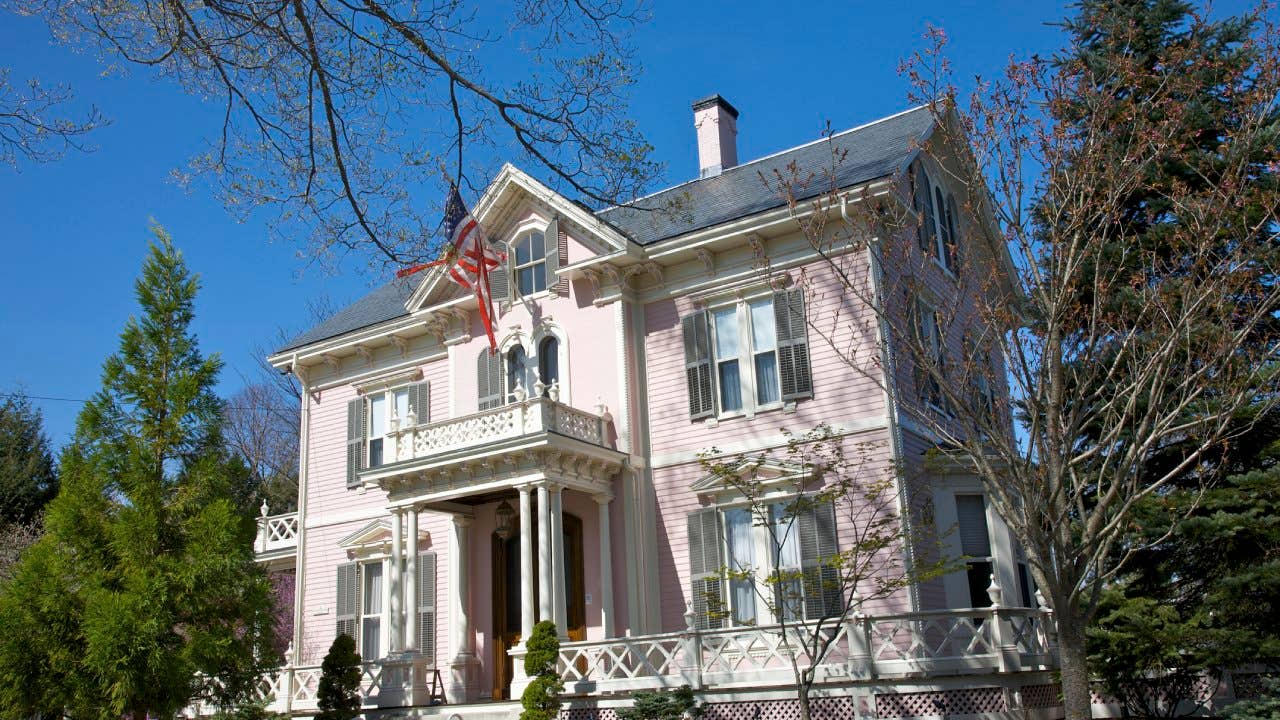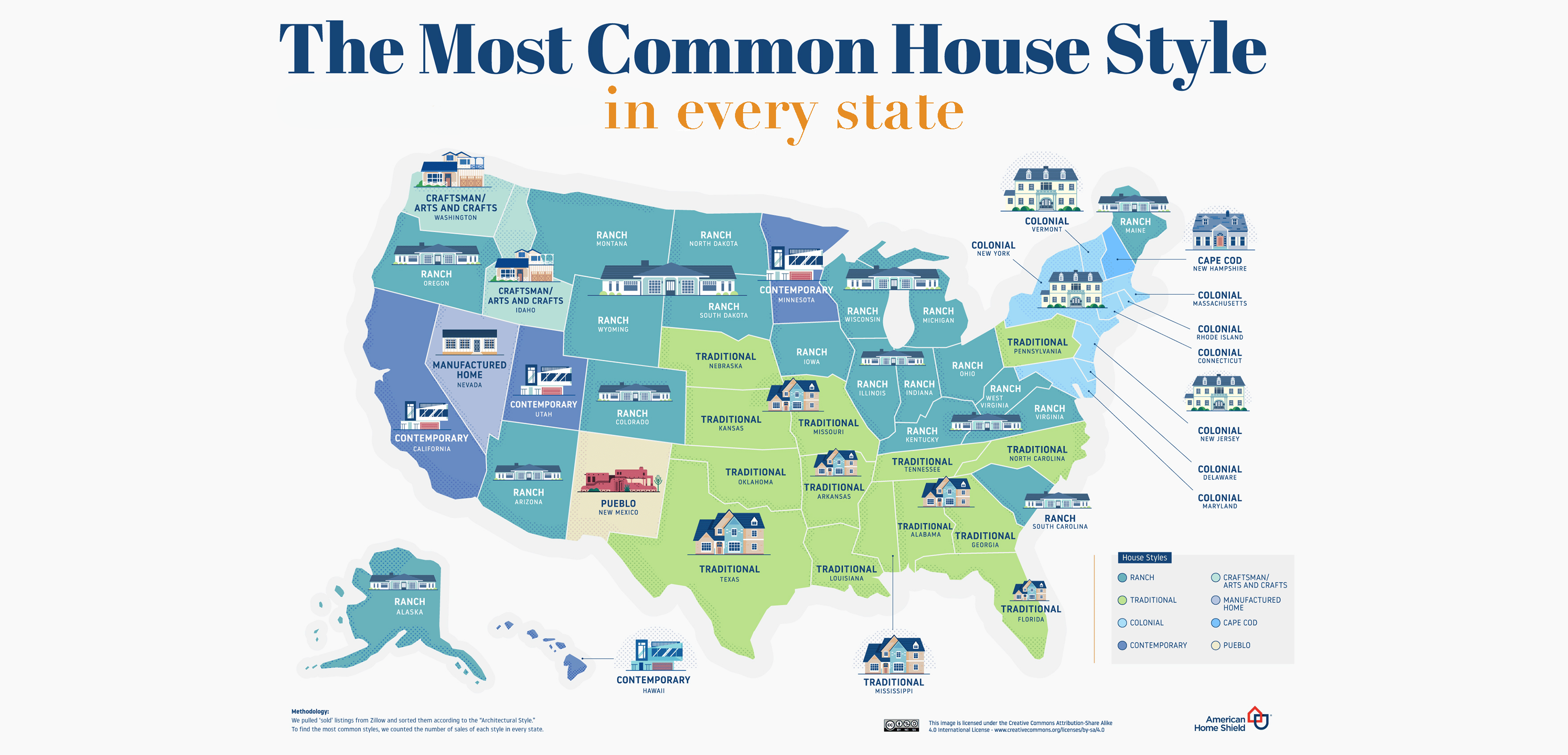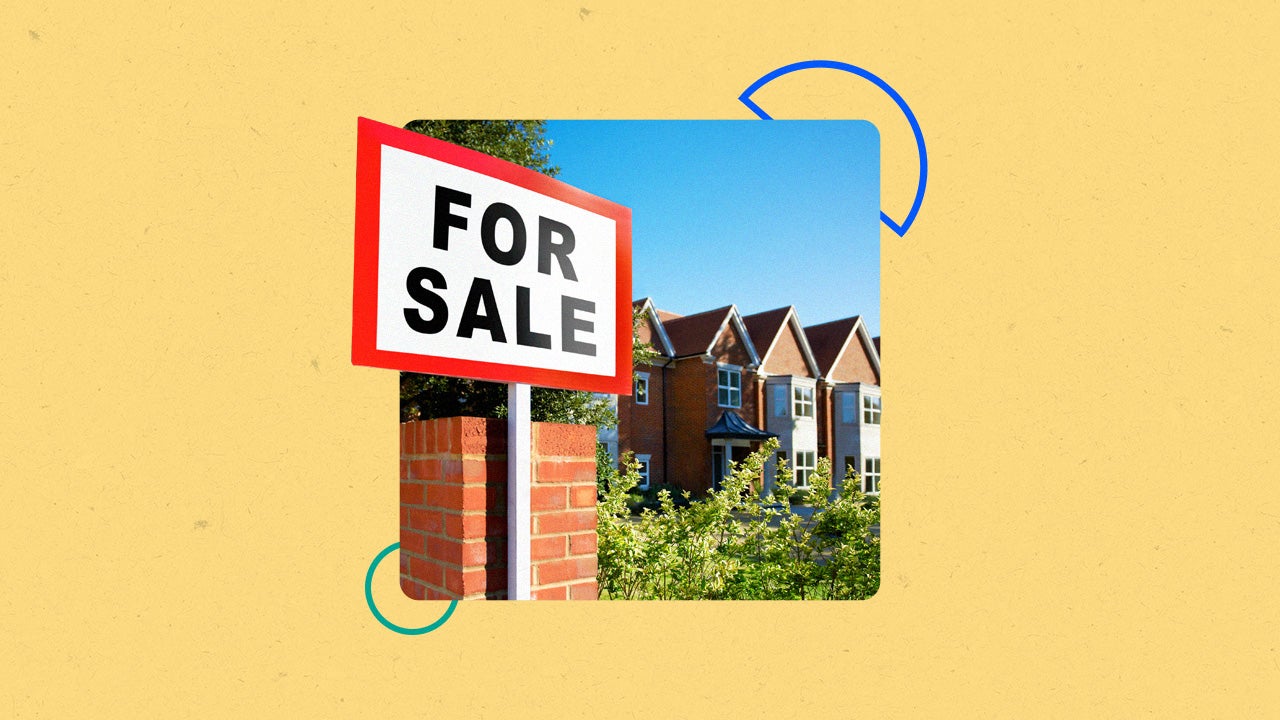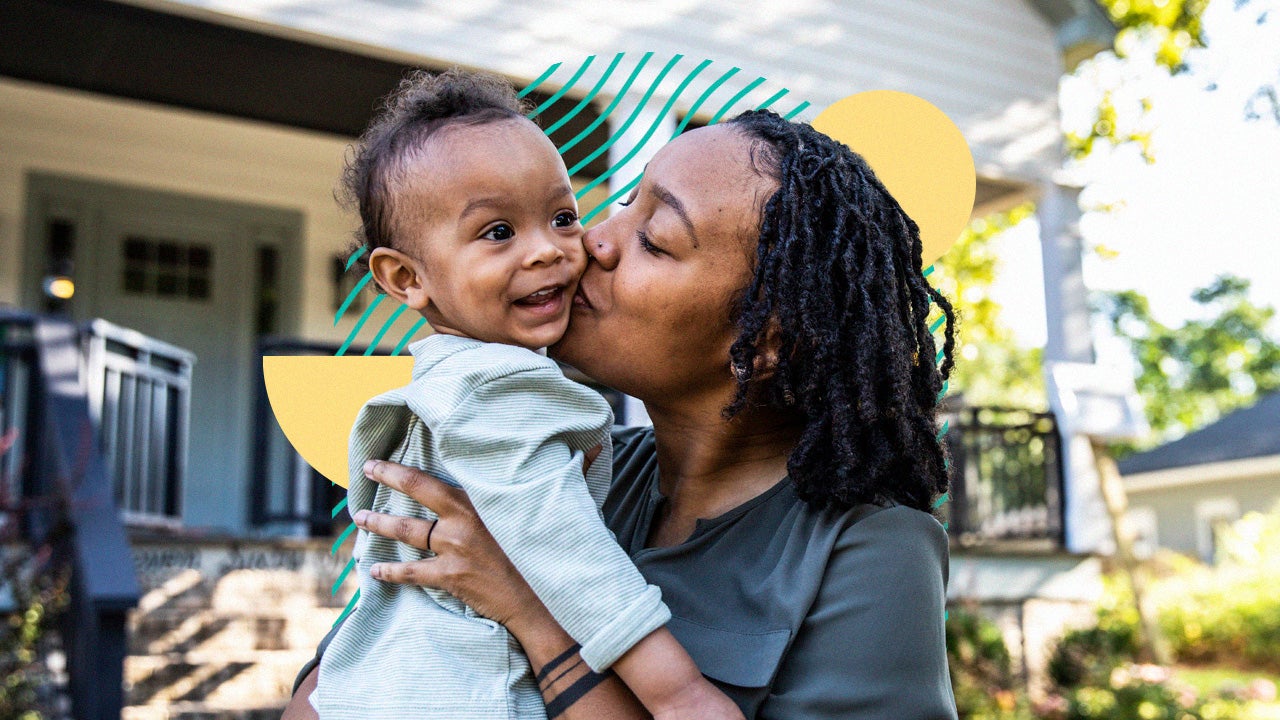The most popular home style in each state

If you own a house in the Midwest, there’s a good chance it’s an unassuming one-story ranch. If you call the Sun Belt home, your house is probably new, but it’s likely to be built in a traditional style that takes cues from much older buildings. And if your house is in the Northeast, it’s probably a two-story colonial.
Those conclusions come from research by American Home Shield, a home warranty company that crunched nationwide listing data in search of the most popular house style in each state.
Regional housing styles originally were driven by “cultural and climatic” forces, says Gregory Galford, an architect and assistant professor of residential environments and design at Virginia Tech. Before central air conditioning and heating, building methods and design largely reflected local climates and terrain.
But after World War II, home styles became standardized. Now, a few housing types dominate the nation’s neighborhoods, no matter what the region.
The most popular home styles
According to the AHS study, four styles are most prevalent in the residential real estate market: Ranch, Traditional, Colonial and Contemporary.
The ranch house: The American dream on a single floor
This one-story style is the most common type of home in 19 states. The ranch’s geographic reach is far-flung, ranking as the top choice of home style from Maine to Alaska. The popularity of ranch houses is driven in part by economic factors – compared to two-story houses, one-story homes are cheaper to build. But they require bigger lots, which helps explain why they’re common in states with low land costs, such as Illinois, Michigan and Ohio.
“Ranch housing is very popular in states where there is significant space to spread a single-level home across a wider area,” says Brett Worthington, senior vice president at Frontdoor, American Home Shield’s parent company. “It requires a lot of land space, so it would be expensive to build where land is at a premium.”
The ranch style first became popular in the Southwest, Galford says, in the early 1930s. It was designed to stay cool on hot days by using the roof as shade and minimizing exterior space that could absorb heat.
During the nationwide building boom that followed World War II, the ranch emerged as a popular, affordable option for middle-class homebuyers. While the style originally was aimed at young families, these days ranch houses make sense for aging homeowners who no longer want to navigate stairs.
“The lack of steps really helps people age in place,” Galford says.
Traditional style: Borrowing character
The most common style in 14 states, including Texas and Florida, Traditional is a mixed bag, architecturally speaking – the style can take design cues from such predecessors as colonial, farmhouse and neoclassical.
“You almost have to put quotes around it – what kind of traditional are you talking about?” Galford says. “People like the idea of character and history, and traditional borrows details from various styles.”
Traditional homes allow newly built suburban homes to echo earlier eras. These abodes are usually two stories and boast symmetrical windows, understated eaves and occasional gables.
Colonial style: A two-story house with “presence”
This stately style is the most common type of home in eight states, including Connecticut, Massachusetts, Maryland, New Jersey and New York — all some of the oldest sections in the country and members of the original 13 American colonies. “We can assume that colonial styles are more common in New England due to its history as a settler’s state,” Worthington says.
Often made of brick and topped with a Mansard roof, colonial-style homes are a throwback to an age of dining rooms, parlors and carriage houses.
“There’s a formality to it,” Galford says. “A two-story colonial with shutters presents a certain facade, even a statement of wealth. A colonial house has a certain presence, as opposed to a ranch house that sort of blends into its environment.”
Contemporary style: The California king
This type is the most common home in just four states, but one – California – is the nation’s largest housing market. The modern style is marked by geometric but asymmetrical silhouettes, large windows and open floor plans.
In addition to California, contemporary homes are common in Hawaii. Both states have by steep land costs, meaning most homes sit on small lots. Even if a property owner can’t claim a large yard or a sprawling floor plan, the plentiful windows still create a sense of roominess.
Among the remaining styles, craftsman (aka bungalow, a rustic, turn-of-the-20th-century style) is the most common in just two states, while pueblo, Cape Cod and manufactured homes are No. 1 in one state each.

Source: American Home Shield “The Most Popular and Valuable House Styles in the U.S.”
The most valuable house styles
The most common house styles are popular because they appeal to the masses — and are often mass-produced by developers. But they’re not the priciest. These are the most expensive house styles, according to American Home Shield. You may recognize them from luxury real estate listings.
Beach house
This style commands an average price of $1.2 million. The exact design can vary, though large or floor-to-ceiling windows and French doors are typical — it’s all about the view and easy access to the outdoors. And the value is also all about location – oceanfront property is scarce and, as a result, pricey.
Mediterranean
This style fetches an average price of nearly $1 million. This sort of house evokes the easy elegance of villas built around the Mediterranean Sea, designed to take advantage of warm, sunny climes. They typically have terracotta and stucco details; patios and porticos often feature prominently.
Shingle
With an average price of $960,638, shingle-style homes are most common in coastal areas of New York and New Jersey. Dating from the late 1800s, the massive style mixes English influence with the plain shingled surfaces of early American colonial architecture.
Spanish
This style, often seen in Arizona, California and Florida, goes for an average of $841,784. The Spanish style incorporates elements of colonial architecture under Spanish rule and is characterized by terracotta roof tiles.
Northwest contemporary
Characterized by large windows, open floor plans and a minimalist ethos, this style sells for an average price of $806,732.
Mid-century modern
This style, with an average price of $799,541, was popularized by famed architect Frank Lloyd Wright. Mid-century modern homes feature floor-to-ceiling windows, open spaces and a design that melds outdoors and indoors.
French country
This chateau-inspired style fetches an average price of $780,231. French country homes are typically two stories and include distinctive rooflines, elaborate stonework and intricate lattices.
Most unique house styles
In an age of nationwide builders and cookie-cutter suburbs, much of the regional flavor has disappeared from home design. But some quirks remain — what American Home Shield dubs each state’s “most uniquely popular” home style.
For example, in Kentucky and Indiana, it’s the shotgun shack – a style of long, low construction the width of a single room. In Missouri and Kansas, the earth home – and underground abode that dates to settler days – is the winner.
Some of the results are no surprise – the Adirondack style wins in its native New York, Northwest contemporary style is the most popular bit of local flavor in Washington state, and something called the North New Mexico gets the nod in New Mexico.
And a couple of states offer head-scratchers – namely Idaho, where the French country manor wins this category, and Oklahoma, where the high-ceilinged Dallas style is popular.
The final word on popular home styles
Home styles reflect cultural and economic factors, and Galford says consumer tastes continue to evolve. For instance, the work-from-home trend promises to change home design. “We’re blurring a lot of lines,” he notes. “The home used to be where privacy started, but now we’re bringing work into the home.” Already, there’s a bit of a backlash against open-floor plans, as residents crave privacy to concentrate on work. And there’s also a desire to treat porches and patios as external rooms, enclosing them for outdoor offices.
In another shift, rising land costs mean that new homes are being built on ever-smaller lots. So if American Home Shield recalculates this list a generation from now, it might find that American homeowners might have bid arrivederci to sprawling ranch houses and embraced tall, narrow townhouses.
You may also like

Average cost of college 2024-2025

What is the MLS, and how does it work?

U.S. housing market: A nationwide overview



